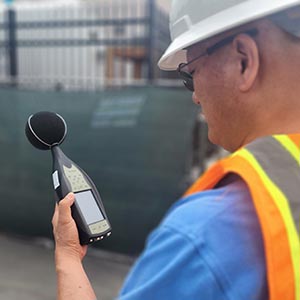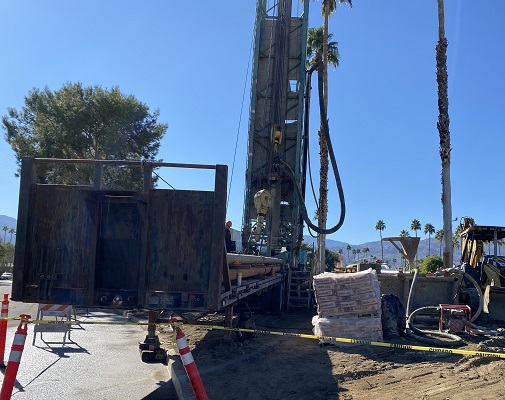
Drilling Rig Noise Control
July 5, 2020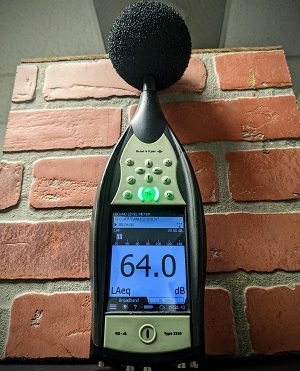
Expert Tips for Soundproofing Your Home Office
September 26, 2020A home theater is a room dedicated and optimized for movie, music, TV, and video gaming with high quality surround sound and high quality video. This article provides a guideline to set up a home theater.
Once you have got all sound system and screen for your home theater, the next big task is designing your room. Most likely, you know where the home theater will be located. It might be the main living room area, a spare bedroom or a basement movie palace. While each of these spaces has special considerations in terms of comfort and sound quality, there are many common factors.
Room Shape
The home theater rooms shall not be square. Square rooms tend to produce odd harmonic distortions. Rectangular rooms are best for viewing and acoustics. If you are start with a square room, you can easily modify the shale using drywall or other construction materials. Shape will have a big impact on acoustics. The best viewing distances for your home theaters are to sit between 1.5 and 2.5 times the diagonal screen measurement away. This is general because there are no correct answers. For example, if you have a 60" screen, you should be sitting somewhere between 7.5 and 12.5 feet from the screen.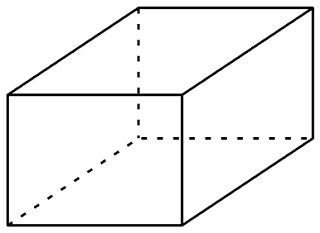
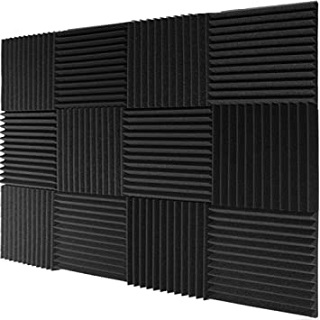
Wall Finish Materials
The single most important factor of a great sounding home theater is the acoustic properties of the room itself. The ultimate home theater experience may begin with the audio-visual components, but it should end with a small investment into the acoustics of the room itself. a home theater room needs to have at least 60% of the surfaces covered in acoustic absorption materials. The front wall of the home theater room needs to be fully covered with acoustic absorption materials to get the best acoustic performance. Your speakers will sound better, surround sound will feel more alive, and the subtleties of the film soundtrack will stand out like never before.Wall/room color
Paint your home theater walls as dark as you can stand them. Colors such as black, dark brown, grey, or burgundy are good choices. Dark colors will reduce reflections light from screen bouncing around. Bright colors should be avoided for the best experience.Windows
The fewer, the better. Windows are hard surfaces that reflect sound-causing audio distortion, and they admit light that can produce reflections on your viewing surface. Heavy curtains and shades help, but that means closing blinds or drapes every time you turn on your home theater system. If you must, opt for blackout-style window treatments that track tight against window jambs to seal out light.
Flooring
Carpeted floors are generally considered to be the best option. They absorb sound and prevent excess reverberation around the room. You can either choose wall-to-wall carpeting or carpet tiles to help clarify the sound from your speakers as it travels throughout the room.


